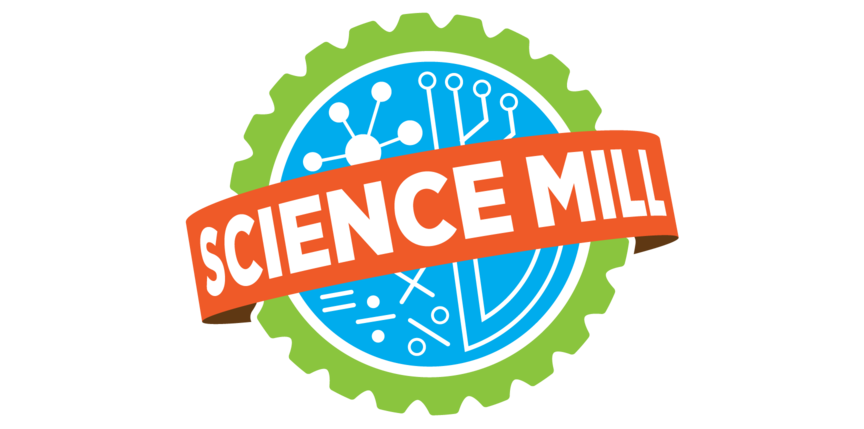In recent years, video games have emerged as a powerful tool for education, especially in the fields of science, technology, engineering, and mathematics (STEM). Contrary to the common misconception that video games only promote mindless entertainment, they can actually be harnessed to enhance critical thinking, problem-solving skills, and creativity. This blog post explores the various benefits of integrating video games into STEM learning and sheds light on how they can shape the future of education.
Engaging and Interactive Learning Environment
Video games create an immersive and interactive learning environment that captivates students' attention and keeps them engaged. By presenting complex concepts in a visually appealing and interactive manner, video games effectively foster curiosity and motivation in STEM subjects. Students can actively explore virtual worlds, conduct experiments, and solve puzzles, which leads to a deeper understanding of scientific principles, mathematical concepts, and engineering principles.
Development of Problem-Solving and Critical Thinking Skills
STEM-focused video games often require players to analyze, strategize, and make decisions in real-time. This process stimulates critical thinking and problem-solving skills as players encounter challenges and obstacles that require logical reasoning and creativity to overcome. Through trial and error, students learn to think critically, develop hypotheses, and test their ideas—a valuable skill set that translates directly into STEM fields.
Collaboration and Teamwork
Many video games emphasize collaborative gameplay, fostering teamwork and communication among players. By working together to solve problems and achieve objectives, students develop essential skills for collaboration, cooperation, and effective communication. This aspect of video games mirrors real-world scenarios in which scientists, engineers, and mathematicians collaborate to tackle complex challenges. Learning how to collaborate effectively in virtual environments can seamlessly translate into successful collaborations in STEM-related careers.
Application of Knowledge in Real-World Contexts
Video games often present players with realistic scenarios that require the application of STEM knowledge and skills. For example, in engineering or physics-based games, students must build structures or solve puzzles by applying the laws of physics. Such experiences help students understand the practical application of theoretical concepts, bridging the gap between classroom learning and real-world contexts. By seeing the direct impact of their actions in the game, students gain a sense of accomplishment and a deeper appreciation for the relevance of STEM in their lives.
Adaptability and Technological Fluency
Video games expose students to rapidly evolving technologies and promote adaptability in navigating virtual environments. With the increasing integration of technology in STEM fields, this adaptability is crucial. Video games provide a safe space for students to experiment, make mistakes, and learn from them. This cultivates technological fluency and digital literacy, empowering students to confidently use a wide range of tools and software relevant to STEM disciplines.
Video games offer a treasure trove of benefits for STEM learning. By combining engagement, problem-solving, collaboration, real-world application, and adaptability, they enrich the educational experience and prepare students for the challenges of the future. Embracing video games as an educational tool has the potential to revolutionize STEM learning, creating a generation of innovative thinkers and problem solvers.
Learn more by visiting the Science Mill this month! We have a number of video game-inspired exhibits, and an upcoming event on June 17 called GAME ON! at the Science Mill where visitors can experience special activities like making a video game from scratch!
Only an hour from Austin or San Antonio, Texas, the Science Mill is a family destination offering a fun, interactive learning environment for all ages. Through cutting-edge technology-based exhibits, games, and programs, the Science Mill expands students' understanding and appreciation of science in their everyday lives. By igniting their curiosity and inspiring them to pursue post-secondary education, the Science Mill experience starts students on the path to a life-long career in science, technology, engineering, and math (STEM).










